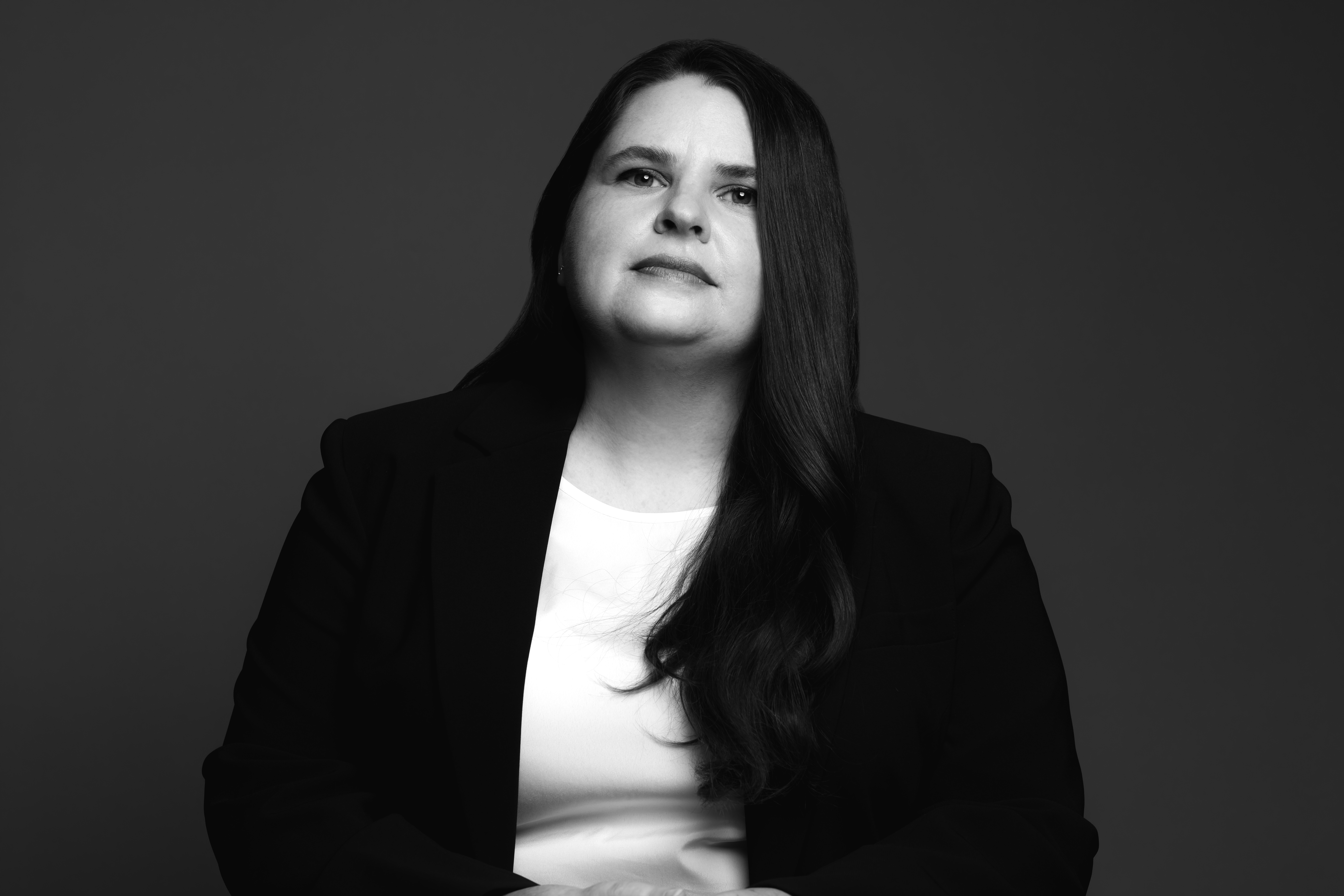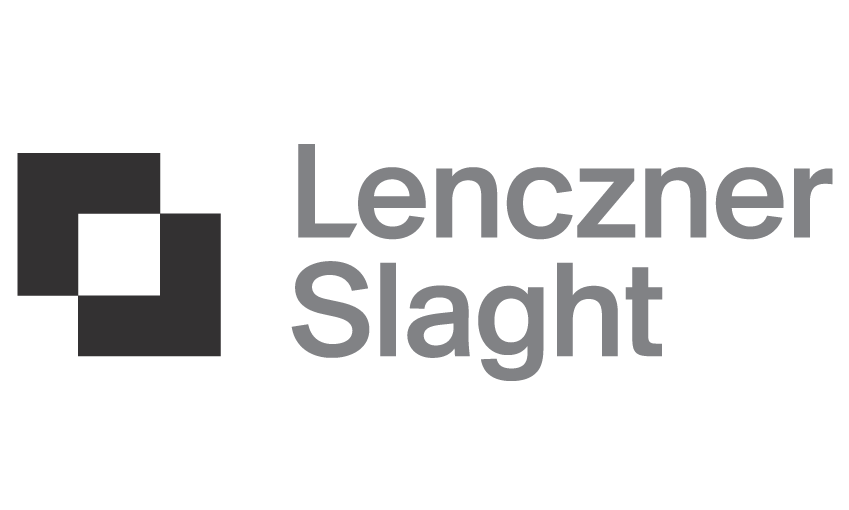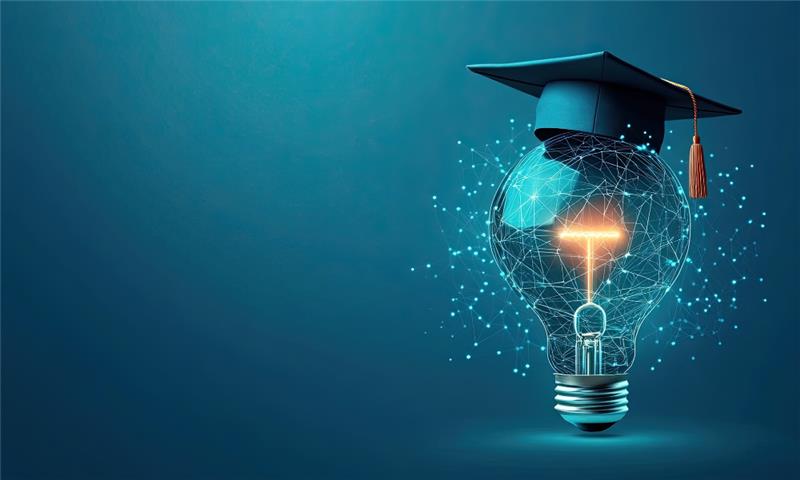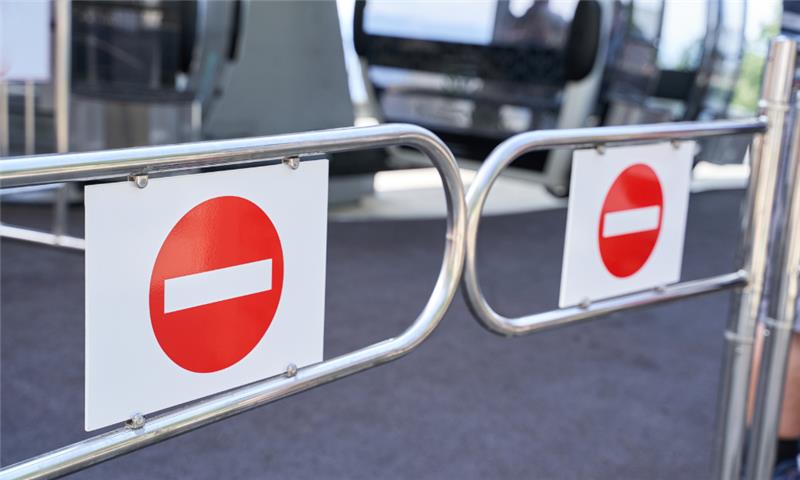Since the invention of computers, the scientists, ethicists, and even science-fiction writers have all been fascinated by the implications of artificial intelligence. Should software or machines become sentient, it has oft been speculated, what would that mean for humans and their interaction with their creations? Would they gain rights with their intelligence, and if so, how? Fascinating court cases – with potentially momentous implications – are currently winding their way through the court systems of several jurisdictions that seek to assign intellectual property rights to human-created software tools. Below, IP litigator Jenene Roberts of Lenczner Slaght explores the fight to have AI recognized as inventors and owners of patents – and the potential ramifications this would have for both Canada and the world.
Can AI Invent IP?
Given the growth in artificial intelligence, it shouldn’t be surprising that there has been significant interest in the interplay of AI and intellectual property in the last few years. Interest has again been piqued to AI patents in the last few months, with the grant of what appears to be the first patent in the world naming an AI system as an inventor.
In this context, two questions to consider for Canada are: (1) Can AI make (or be used to make) patentable inventions? (2) Can (or should) AI be named as an inventor and/or owner of a patent?
On the first question, AI can make a patentable invention in Canada, if it meets the same requirements for a patent that a human-made invention would have to meet: it must be new, it must be inventive, it must be useful, and it must include subject matter that is patentable in Canada. However, the determination of whether a “computer-implemented invention” claims patentable subject matter is not entirely clear in Canada, as the Canadian Patent Office and Canadian courts seem at odds in their analyses. Currently, to be patentable subject matter, it appears that a computer-implemented invention must have some practical application, in that it results in something with physical existence, or something that manifests a discernible effect or change.
As for the second question, there has never been a Canadian patent granted that lists an AI system as an inventor or owner, nor has a Canadian court considered the question of whether AI can be named as an inventor or owner. We’ll come back to this question below.
Deus Ex Machina: Artificial Intelligences as Autonomous Inventors
The ability to name an AI tool as the inventor of a patent has recently been considered in several test cases brought in foreign jurisdictions, with mixed results found in South Africa and Australia as compared to the US, UK, and EU.
The AI tool in question is known as DABUS (Device for the Autonomous Bootstrapping of Unified Sentience), created by Dr. Stephen Thaler, and consists of assemblies of artificial neural networks. Dr. Thaler describes DABUS as being like a human: sentient, able to develop ideas, contemplate the world and create inventions.
Patent applications covering a type of food/beverage container and a flashing light for attracting attention created by DABUS were filed in several jurisdictions and named DABUS as the inventor. The applications were prepared and filed by a team of proponents of the concept of AI inventions, to challenge how various jurisdictions would approach these AI-invented patent applications.
South Africa
South Africa recently granted a “DABUS” patent, becoming the very first patent worldwide naming an AI inventor. The inventor is listed in full as “DABUS, the invention was autonomously generated by an artificial intelligence” and the owner is Dr. Thaler. However, and unlike Canada, South Africa grants patents without a formal examination (i.e., the office checks for form and not substance; if all the required documents are correctly filed, a patent will issue). The patent is now open to challenges for novelty (whether the invention is new) and inventiveness (did it involve some inventive step). Of note, South African patent legislation does not include a definition of an “inventor”.
Australia
In Australia, the Federal Court also found that an artificial intelligence system can be an inventor. The DABUS patent application was initially rejected, on the basis that Australian patent legislation is inconsistent with an artificial intelligence system or device being treated as an inventor. Upon Dr. Thaler’s appeal, the Federal Court of Australia rejected the patent office’s determination, finding that an artificial intelligence system can be an inventor (though not an applicant/owner of a patent, which must be a legal person), for three reasons:
- “inventor” is not defined in the Australian Patents Act, an inventor is an “agent noun” (a noun denoting the performer of an action), which can be a person or a thing that invents;
- finding that an AI system can be an inventor reflects the reality that there are many otherwise patentable inventions where it cannot be said that a human is the inventor (for example, in pharmaceutical research, where AI is used in a number of areas, including as part of identifying drug candidates and developing vaccines), which would result in no patent if AI is not recognized as an inventor; and
- nothing in the Australian legislation dictates that an inventor cannot be an AI system.
The Federal Court also found that Dr. Thaler is, in principle, capable of being granted a patent in relation to an invention made by DABUS, as its owner and controller. Now that the threshold question of whether AI can be named a patent inventor has been determined in DABUS’s favour, the patent office will have to consider whether the application meets the other requirements for patentability in Australia.
Of note, the Australian patent legislation includes an object clause (unlike Canada), which states as follows: the object of this Act is to provide a patent system in Australia that promotes economic wellbeing through technological innovation and the transfer and dissemination of technology. In doing so, the patent system balances over time the interests of producers, owners and users of technology and the public. The Federal Court of Australia considered it consistent with this object to construe the term “inventor” in a manner that promotes technological innovation and the publication and dissemination of such innovation by rewarding it, irrespective of whether the innovation is made by a human or not.
The Australian Commissioner of Patents has appealed the Federal Court’s decision (note that the announcement of the appeal states that it does not represent a policy position by the Australian Government on whether AI should or could ever be considered an inventor on a patent application).
1% Inspiration, 99% Litigation?
Conversely, the DABUS applications were denied in the US, the UK, and the EU.
The United States
The US District Court declared that the clear answer to the question of whether an AI machine can be an "inventor" under US legislation, is no. Dr. Thaler had appealed a decision of the US Patent and Trademark Office (USPTO), which refused to process the applications listing DABUS as the inventor because a machine does not qualify as an inventor. The US District Court pointed to the explicit statutory definition for the term "inventor": "the individual, or, if a joint invention, the individuals collectively who invented or discovered the subject matter of the invention". Accordingly, the issue of whether an artificial intelligence machine can be an "inventor" turned on the plain meaning of "individual", which ordinarily means a human being, a person. While Dr. Thaler argued that there were policy reasons for allowing AI inventors, such as incentivizing innovation, such policy considerations could not overcome the clear language of the statute.
As noted by the District Court, the USPTO continues to study the impact of AI, consulting with the public and releasing a report on those consultations, which included views from public commenters that current AI systems could not invent without human intervention. The USPTO Report (Public Views on Artificial Intelligence and Patent Policy) expressed that the use of AI as a tool by a natural person(s) does not generally preclude a natural person(s) from qualifying as an inventor if the natural person(s) contributed to the conception of the claimed invention. As stated by the US District Court “there may come a time when artificial intelligence reaches a level of sophistication such that it might satisfy accepted meanings of inventorship … if it does, it will be up to Congress to decide how, if at all, it wants to expand the scope of patent law”.
The United Kingdom and Europe
The finding of the UK Court of Appeal was similar to the US District Court: under UK patent legislation, only a person can be an “inventor” or be granted a patent; if patents are to be granted in respect of inventions by machines, the UK legislation will have to be amended. The Court of Appeal also found that Dr. Thaler was not entitled to apply for patents in respect of the DABUS inventions, as there is no rule of law that an invention produced by a machine owned by Dr. Thaler would then become his property. There was, however, a dissenting opinion that “the fact that the creator of the inventions in this case was a machine is no impediment to patents being granted to this applicant”.
Similarly, the European Patent Office (EPO) found that the European patent legal framework provides only for persons acting in certain capacities, with various rights; it does not provide for non-persons, as applicant, inventor or in any other role in the patent grant proceedings. The EPO also found that Dr. Thaler could not acquire rights to a patent as either employer or successor in title (as he had argued), since Al systems can neither be employed nor can they transfer rights. The EPO decisions (one for each of two DABUS patent applications) are under appeal.
Eh, Aye: Possible Effects on Canadian IP and Inventors
Like Australia, the Canadian Patent Act (the “Act”) does not define “inventor”. The Act allows a patent to be granted “to the inventor or the inventor’s legal representative”. However, it also requires a patent to describe the invention “as contemplated by the inventor”, leading to the question of whether an AI system can truly “contemplate” its invention.
While not in the context of AI, the Supreme Court of Canada previously considered the meaning of “inventor” and inferred from the definition of “invention” in the Act that “the inventor is the person or persons who conceived of the” invention. The Federal Court has also noted that jurisprudence in Canada assumes that an “inventor” is a natural person.
The Act further addresses who can apply for and benefit from a patent. Though not exhaustive, the Act defines an “applicant” to include an inventor and the legal representatives of an applicant or inventor. A non-exhaustive definition of legal representatives, which only seems to contemplate persons, is also provided: “legal representatives” includes heirs, executors, administrators of the estate, liquidators of the succession, guardians, curators, tutors, transferees and all other persons claiming through applicants for patents and patentees of inventions or through holders of certificates of supplementary protection. The Act also defines a “patentee” as the person being entitled to the benefit of a patent, seeming to preclude a patent granted to an AI system, even if AI, as an inventor, could potentially be an applicant for a patent.
If Canada does not follow Australia’s lead in recognizing AI inventors, a workaround for patenting today’s AI-produced inventions may be to name the creator of the AI as the inventor (this assumes that currently available AI systems are “narrow AI”, requiring human input, discussed further below). In fact, the dissenting opinion in the UK Court of Appeal suggested that the problems Dr. Thaler faced could have been avoided if he weren’t so obsessive and simply named himself as the inventor.
Why should computers and not creators get the credit?
As for why human creators of AI would credit their AI as inventors, there should be a desire to “get it right” when it comes to naming inventors, as there are consequences for improper designations of inventorship in many jurisdictions, including potential invalidation of a patent.
Dr. Thaler’s view on the DABUS patent applications is that if his machine invents something autonomously, then he cannot claim that he invented it. He goes even further, stating if he were to list himself as an inventor, he would become a “criminal” (note that patent applicants before the USPTO must submit an oath/declaration stating that they believe they are the inventor; also query whether DABUS can hold any belief).
The DABUS patent applications are test cases, where the human responsible for the AI refuses to designate himself as an inventor: Dr. Thaler and the team backing these applications firmly believe that DABUS is the sole, proper inventor of the two inventions in question.
Under current patent frameworks, the consequences of that decision have varied significantly, with some very stark outcomes: denial of the patent applications in the US, UK, and EU, acknowledgement of the possibility of an AI-invented patent in Australia, and allowance of a patent in South Africa (albeit without formal examination).
The question to be asked in many jurisdictions is, what now? As noted by UK and US decisions, if patents are to be granted in respect of inventions by machines, the legislation in those jurisdictions needs amending to recognize an AI system as an inventor. Other jurisdictions will face that same question, and lawmakers will then be forced to decide whether AI-created inventions should receive patent protection, and how best to go about doing that.
The Future
Given the increased capabilities of AI, further consideration and acceptance of machines as inventors may be inevitable. This will be particularly relevant if and when artificial general intelligence (AGI, i.e., intelligence like that possessed by humans) is established (Dr. Thaler would likely argue that DABUS has achieved this), as opposed to the narrow AI systems (a type of artificial intelligence that is limited to a specific area) that are prevalent today. If AGI needs zero human intervention to invent, then why shouldn’t such a system be recognized as an inventor? And if it is not granted patent rights, then who would be?
The granting of patent rights involves a balancing act meant, in part, to encourage and reward innovation. Patent rights are granted for inventions in exchange for inventors properly disclosing those inventions to the public in their patent.
An argument for recognizing AI as an inventor (one advanced by Dr. Thaler) is that it provides incentives for the development and implementation of AI. If using AI to create something cannot result in patent rights, will businesses invest in innovation through AI? This then leads to other questions – is the granting of patent rights meant to incentivize only human invention, or should it be so limited? Though even in the case of AI inventions, it would likely be the persons (natural or corporate) behind the AI who arguably need incentivizing (is this human nature?).
Answers to those questions, both in Canada and elsewhere, may come soon. As AI technology continues to evolve, the applicable patent legislation may need to evolve with it.
***
 Jenene Roberts is Counsel at Lenczner Slaght. Jenene has 15 years of experience practicing in the area of intellectual property litigation, with significant success representing pharmaceutical clients in complex patent litigation. Jenene regularly appears before the Federal Court of Canada and has appeared before the Federal Court of Appeal. She is also a registered trademark agent and has been involved in trademark opposition proceedings and expungement proceedings, having appeared before the Trademarks Opposition Board.
Jenene Roberts is Counsel at Lenczner Slaght. Jenene has 15 years of experience practicing in the area of intellectual property litigation, with significant success representing pharmaceutical clients in complex patent litigation. Jenene regularly appears before the Federal Court of Canada and has appeared before the Federal Court of Appeal. She is also a registered trademark agent and has been involved in trademark opposition proceedings and expungement proceedings, having appeared before the Trademarks Opposition Board.





